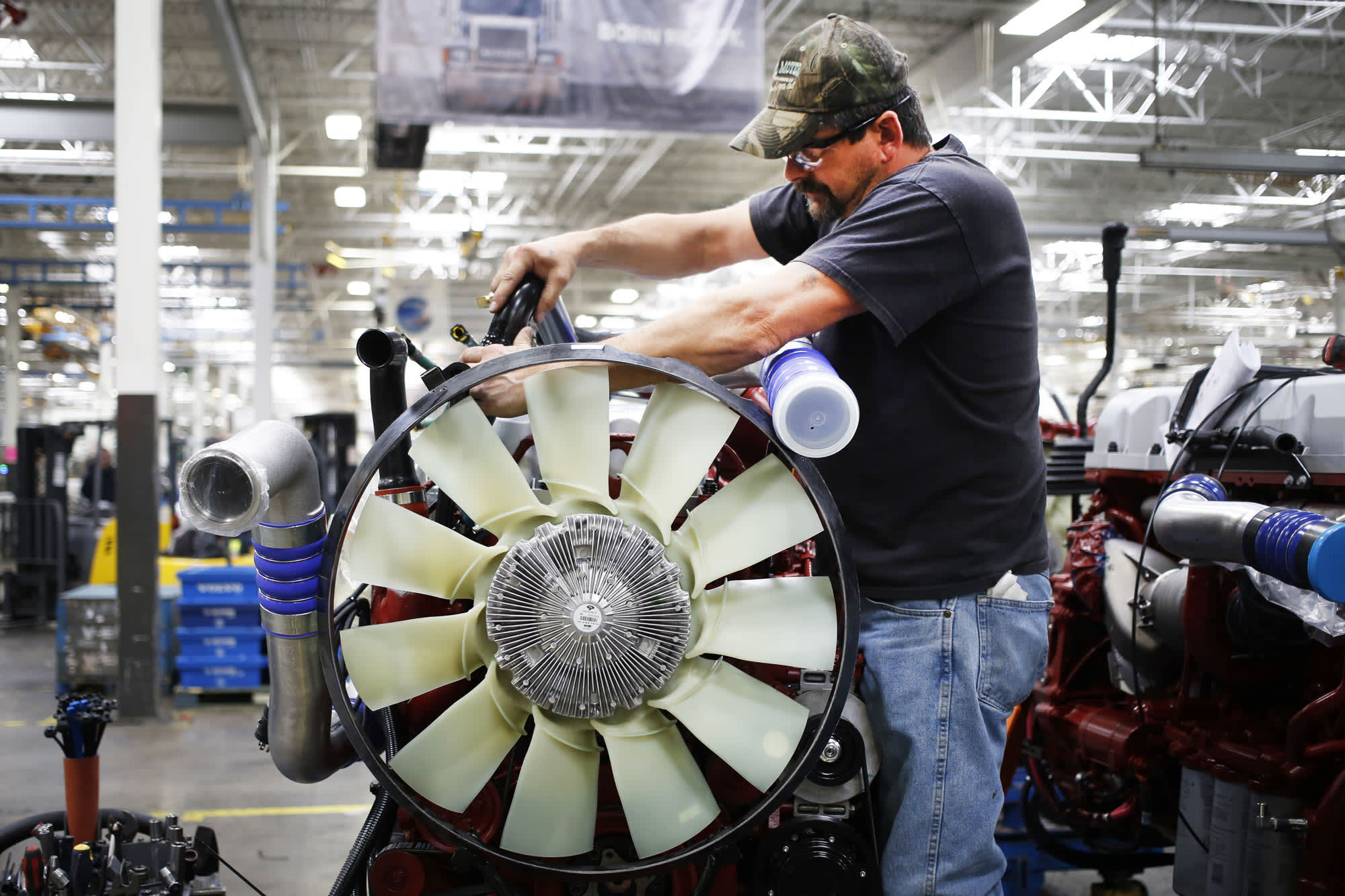
Unemployment hit a fresh 50-year low in September even though nonfarm payrolls rose by just 136,000 as the economy nears full employment, the Labor Department reported Friday.
The jobless rate dropped 0.2 percentage points to 3.5%, matching a level it last saw in December 1969. A more encompassing measure that includes discouraged workers and the underemployed also fell, declining 0.3 percent points to 6.9%, matching its lowest in nearly 19 years and just off the all-time low of 6.8%.
Also, the jobless rate for Hispanics also hit a new record low, while the level for African Americans maintained its lowest ever.
At the same time, the economy saw another sluggish month of growth. The nonfarm payrolls count missed the 145,000 estimate from economists surveyed by Dow Jones; the expectation on the jobless rate was to hold steady at 3.7%.
Wages also were a disappointment, with average hourly earnings little changed over the month and up just 2.9% for the year, the lowest increase since July 2018.
The report comes amid uncertain times for the economy, with fears escalating that weakness abroad will bleed into the U.S. and possibly cause a recession. Readings earlier in the week showed continued contraction in manufacturing and a sharp decline in the much larger services industry.
Upward revisions
The Bureau of Labor Statistics count for September provided both good and bad news. Health care led the way in job creation while retail lost another 11,000, bringing the total to 197,000 in jobs the industry has lost since January 2017.
However, there was some additional good news because the previous two months saw upward revisions. August rose sharply, from an initial estimate of 130,000 to 168,000 while July increased from 159,000 to 166,000 for a net gain of 45,000.
Still, 2019 has seen a marked slowdown. The average to date for the year is just 161,000, compared with 223,000 for the same period in 2018.
The drop in the unemployment rate, though, was for positive reasons, as it did not reflect a corresponding decline in the labor force participation rate, which held steady at 63.2%. The total labor force increased by 117,000, while the employment-to-population ratio increased one-tenth of a point to 61%.
Unemployment also fell sharply for Asian Americans, dropping to 2.5% while the level for Hispanics fell to 3.9%, both declines of 0.3 percentage points.
Health care's 39,000 new jobs set the pace for the month, while professional and business services increased by 34,000, though the industry's 35,000 per month average is below the 47,000 in 2018.
Government jobs continued to rise, increasing by 22,000 though unlike in August the cause was not Census hiring, which rose by just 1,000. The average work week was little changed at 34.4 hours.
Job growth skewed toward full time, which saw its ranks rise by 305,000, while part-time positions increased by 121,000.
Federal Reserve officials watch the nonfarm payrolls count for clues as to how the economy is performing. While the low unemployment rate is one sign of economic strength, the weakness in wage growth shows that the central bank remains a good distance from its goal at maintaining an inflation rate around 2%. The central bank meets Oct. 29-30, with markets expecting another quarter-point rate cut.
https://www.cnbc.com/2019/10/04/jobs-report---september-2019.html
2019-10-04 12:30:32Z
52780400782200
Tidak ada komentar:
Posting Komentar